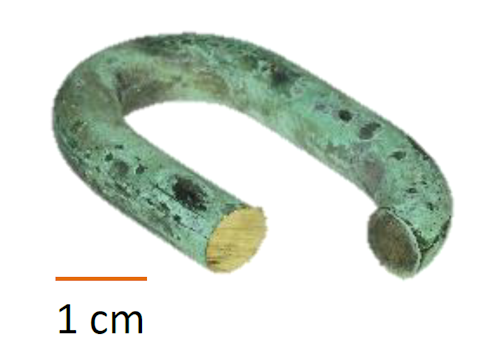
ScieCoPat
Cutting wheel for Corrosion and archaeological heritage
Scientific responsibility :
- Delphine Neff
- Jean-Charles Meaudre
- Maxime L’Héritier
Methodological axes :
Thematic fields :
Disciplinary sectors :
Funding :
- DIM PAMIR
- NIMBE
- IRAMAT
Project ID : IDF-DIM-PAMIR-2024-1-009
Summary :
The complex morphology of archaeological and heritage objects requires the use of optimized preparation tools to obtain samples suitable for the implementation of various microstructural analysis techniques. Among these, cross-section preparation is essential for understanding the mechanisms of formation, elaboration and alteration of ancient materials. This is why we want to acquire a high-performance precision cutting saw that can be adapted to all types of material (metal, slag, ore, rock, glass, ceramics, bone, etc.). The purpose of this type of equipment is to work with raw or resin-coated samples. Precision cutting is a prerequisite for obtaining the flat surface required for preparation for micrographic examination (optical microscopy, scanning electron microscopy) and chemical analysis on a micrometric scale (energy dispersive spectroscopy, wavelength dispersive spectroscopy, raman and infrared spectroscopy, LA-ICP-MS…), or even nanometrically on a thin slide (transmission electron microscope, XPS, FIB, analysis under synchrotron radiation…). The sample will be fixed to a grooved table using a range of clamping tools that can be adapted to different sample morphologies. It will be positioned using a laser sight. The equipment will be equipped with different types of grinding wheels (SiC, alumina, diamond) to adapt the cut to the constituent material. It will also be possible to modulate the speed of rotation of the saw to limit heating during cutting. The use of diamond discs will also enable the cut to be limited to 150 μm in thickness, to reduce the loss of archaeological material. The equipment will be equipped with a water cooling system and a direct connection to an external suction system to limit clogging of the saw. Finally yet importantly, cutting takes place under a closed hood to ensure safe operation.

